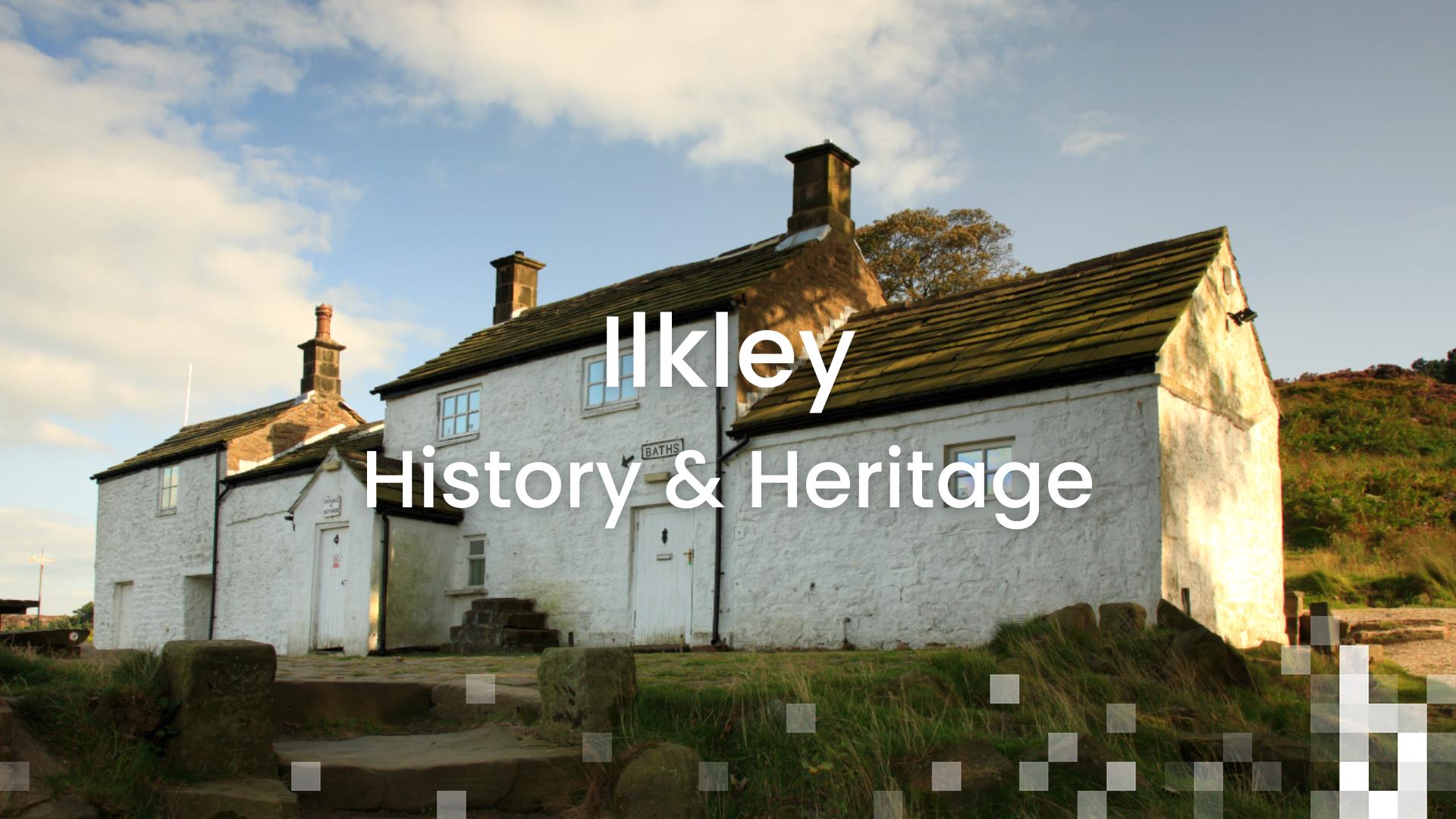Ilkley has a very long history and Ilkley Moor is home to the earliest evidence of life in the area. On Ilkley Moor there are carvings thought to date from the Early Bronze Age, around 1800 BC. Their purpose remains a mystery and they are part of a much larger and internationally famous group to be found all across Rombalds Moor, there are over 400 known Cup and Ring stones across the moors. Probably the most well known carved rock on the moor is the Swastika Stone, carved on a flat slab on Woodhouse Crag. You will see to similar designs next to each other, the original thought to date back to the possible Bronze Age or Iron Age with the Victorian copy just slightly beyond.
Later the Romans were tempted by Ilkley's riverside charms and established a small fort on the road from York to Manchester, calling it Olicana. There is little evidence of this settlement today, however a few remains can be discovered close to the Manor House and adjacent All Saints Parish Church. Inside the church are Saxon crosses, originally in the churchyard but moved indoors for preservation. For all this activity Ilkley remained little more than a hamlet for centuries.
Ilkley rose to fame as a Spa town in the nineteenth-century when thousands visited for fresh air, good food and the lively social scene. Grand hydro hotels were developed and wealthy visitors arrived by coach to ‘take the waters'.
Charles Darwin arrived in Ilkley on 4th October 1859 to take the ‘water cure' at Wells House, shortly after reviewing the proofs of his book ‘On the Origin of the Species by Natural Selection'. On the 2nd November his publisher sent the review copy of the book to Darwin in Ilkley and the book was officially published on the 24th November. Whilst in Ilkley Darwin started on revisions for the second edition of his great work. He left Ilkley on the 7th December.
The arrival of the railway in 1865 allowed the middle classes to visit the town and smaller establishments were opened to cater for their needs. Ilkley boomed in the Victorian era and the legacy of the age is the wonderful collection of private and municipal architecture.
 to add an item to your Itinerary basket.
to add an item to your Itinerary basket.
 White WellsIlkley
White WellsIlkley






